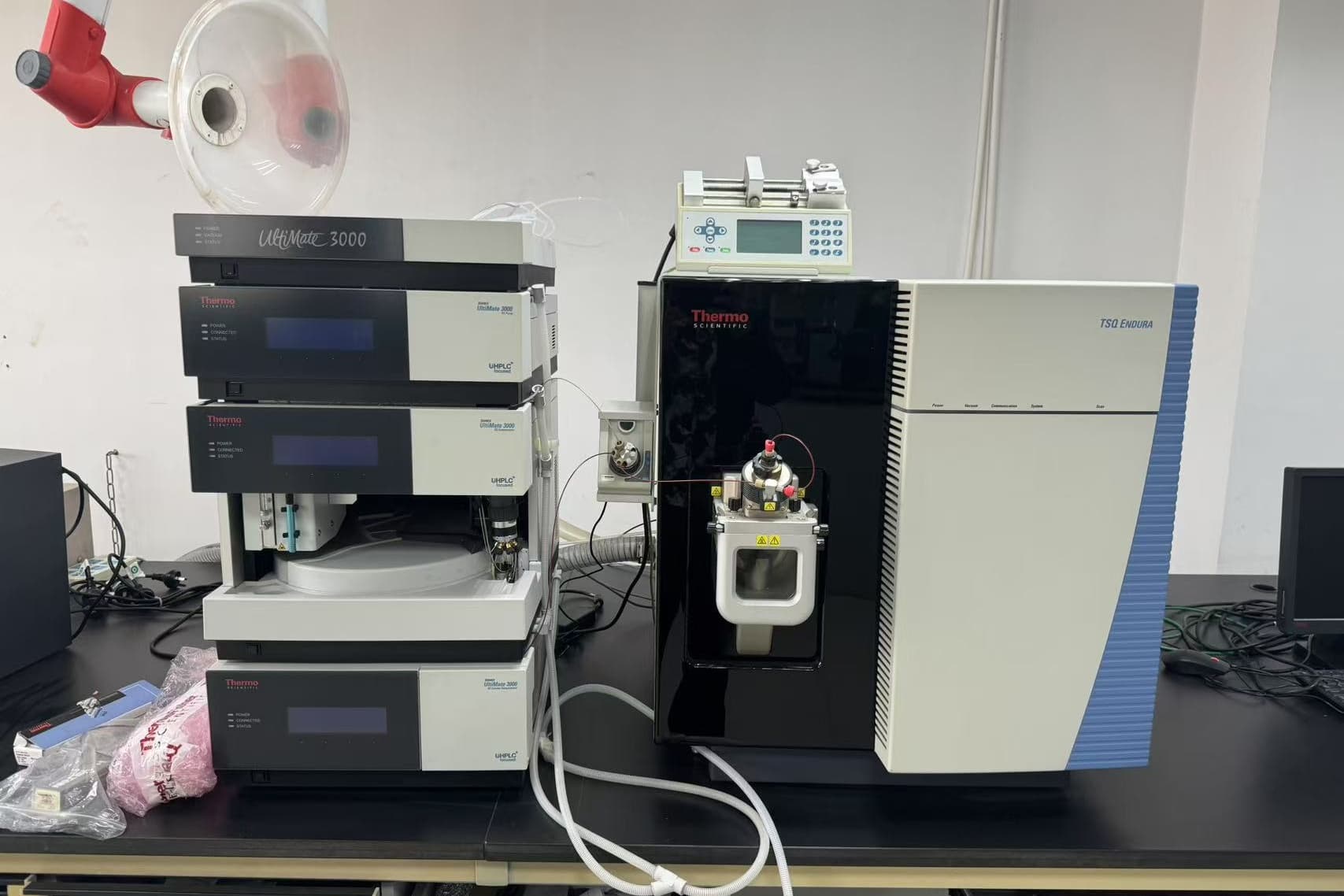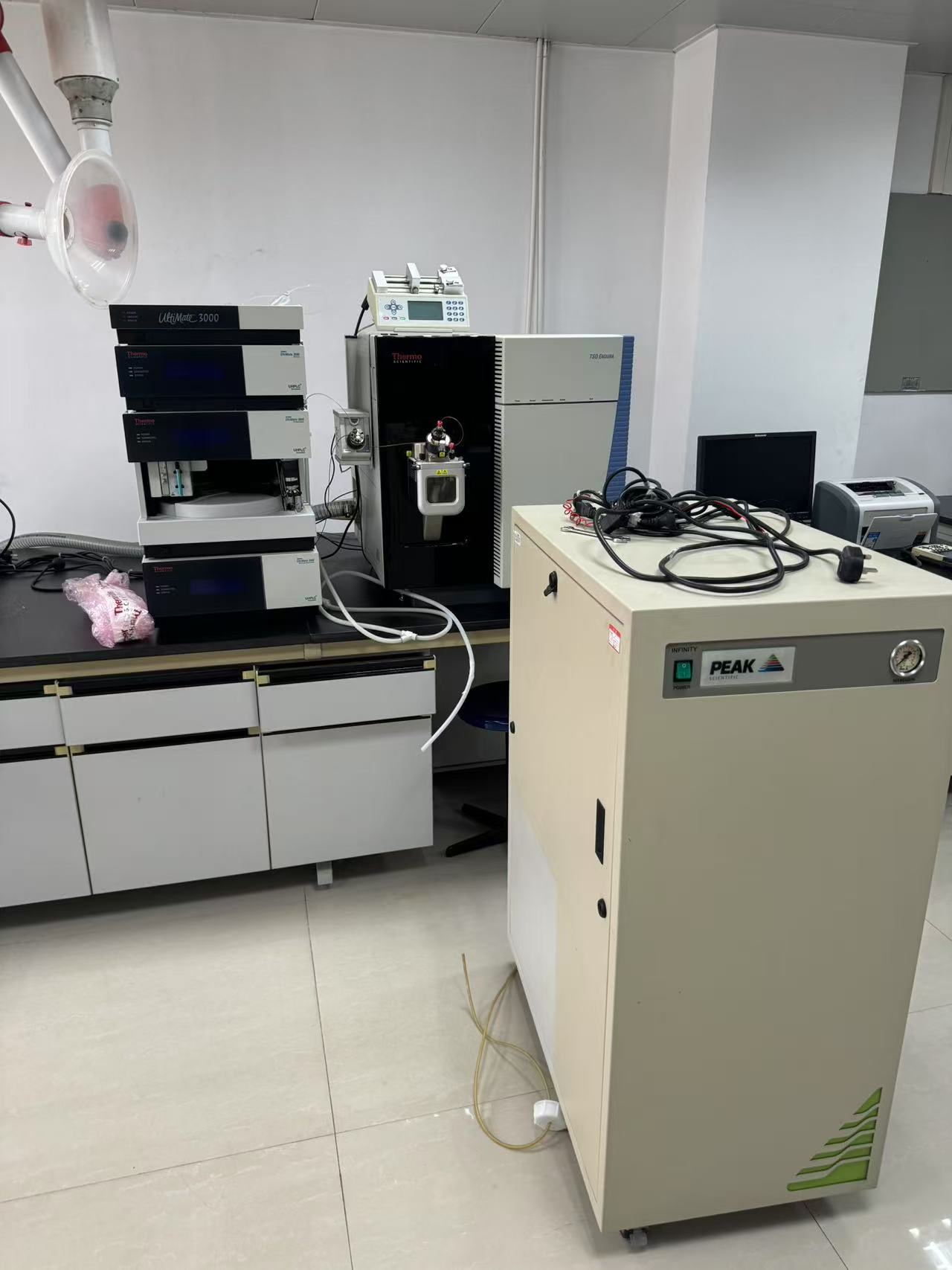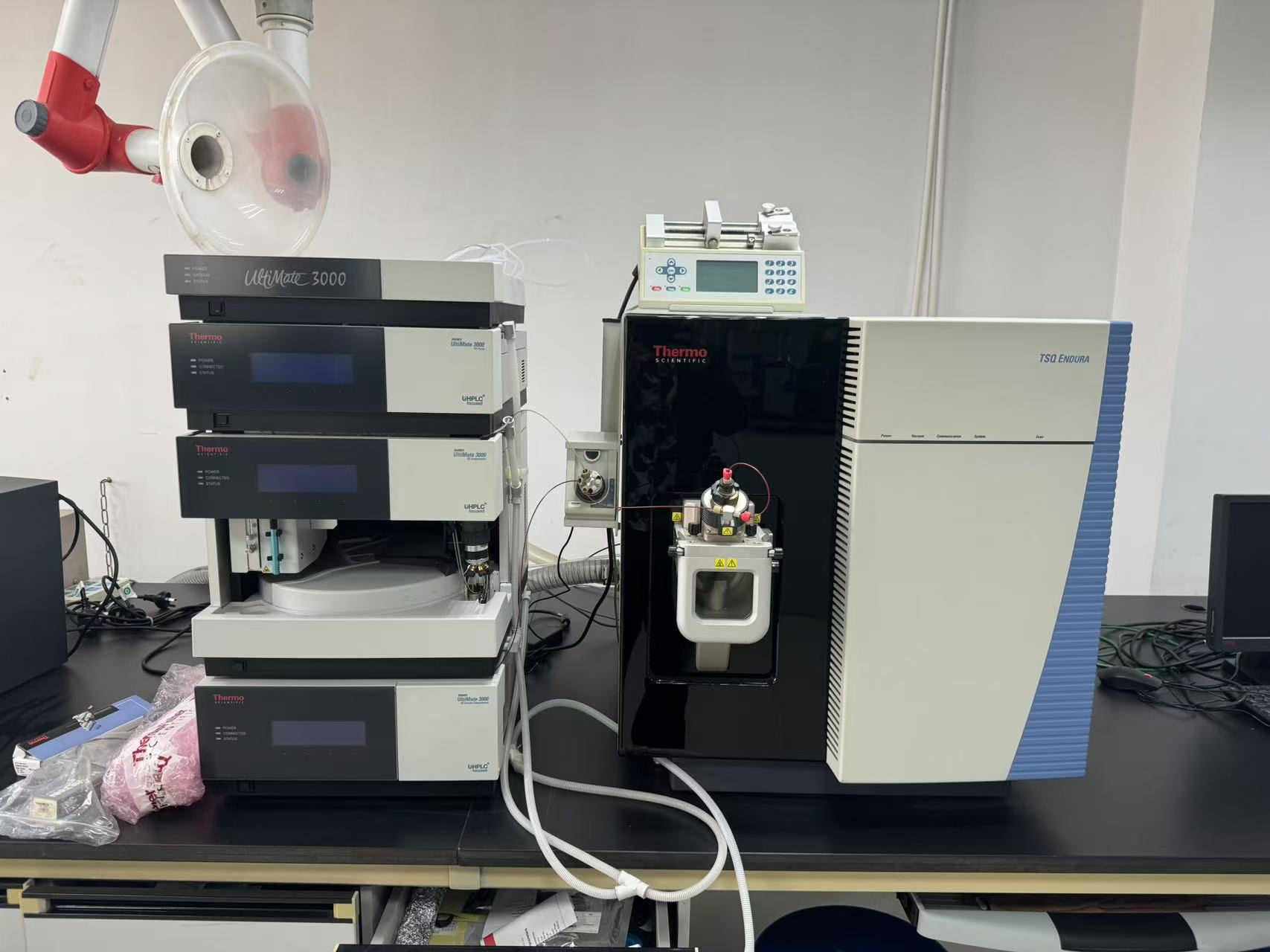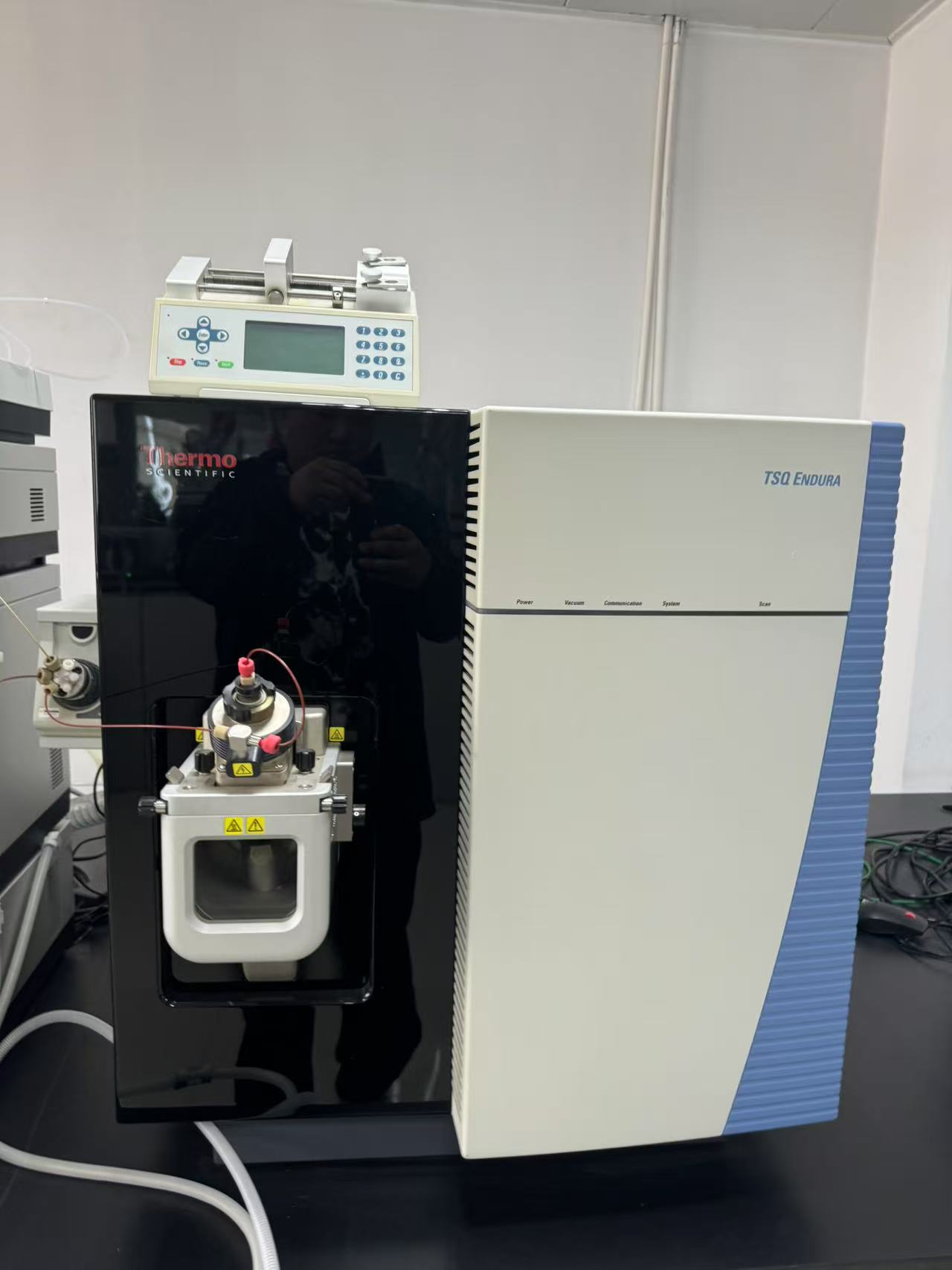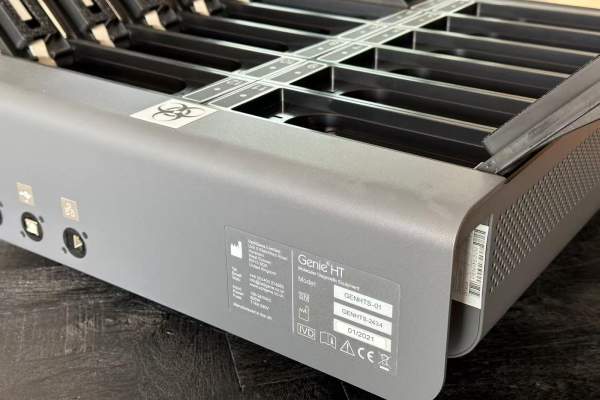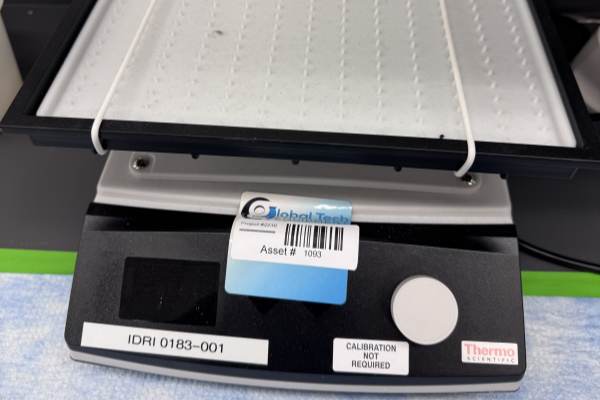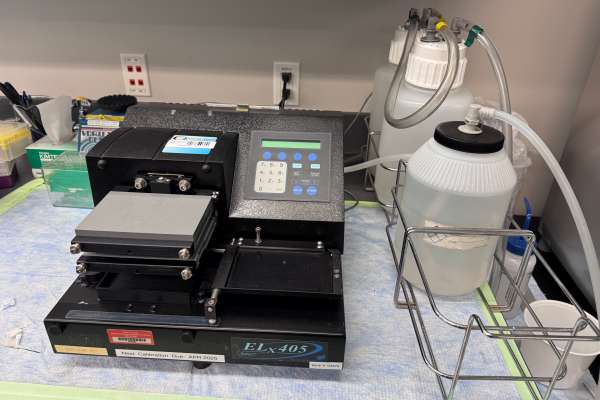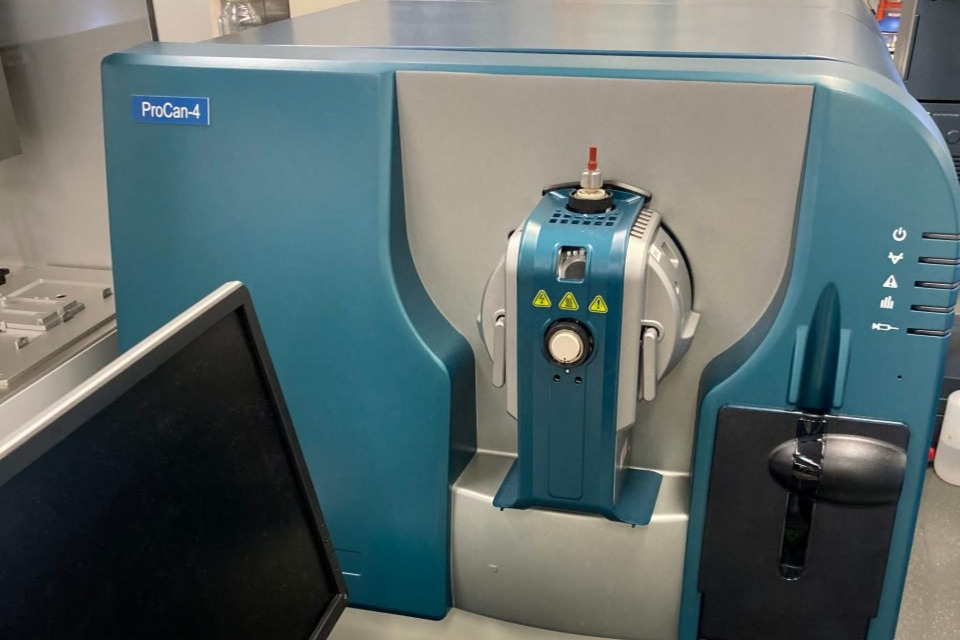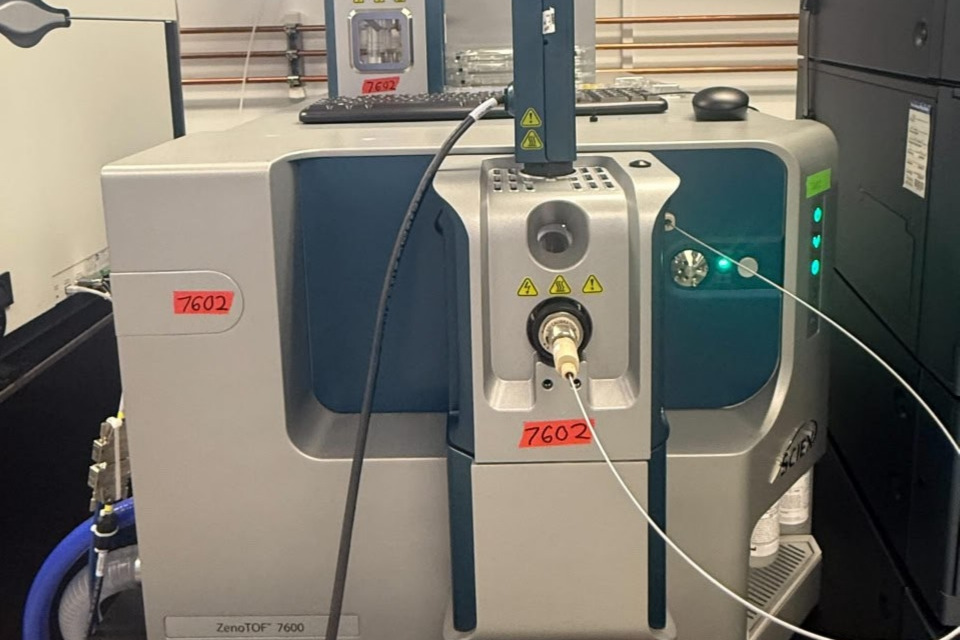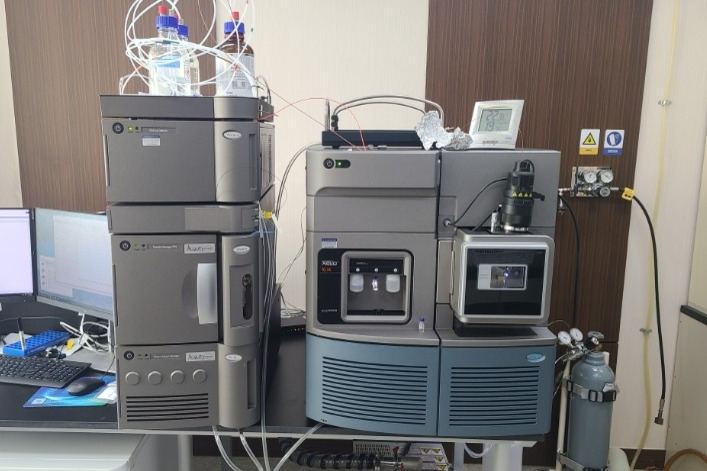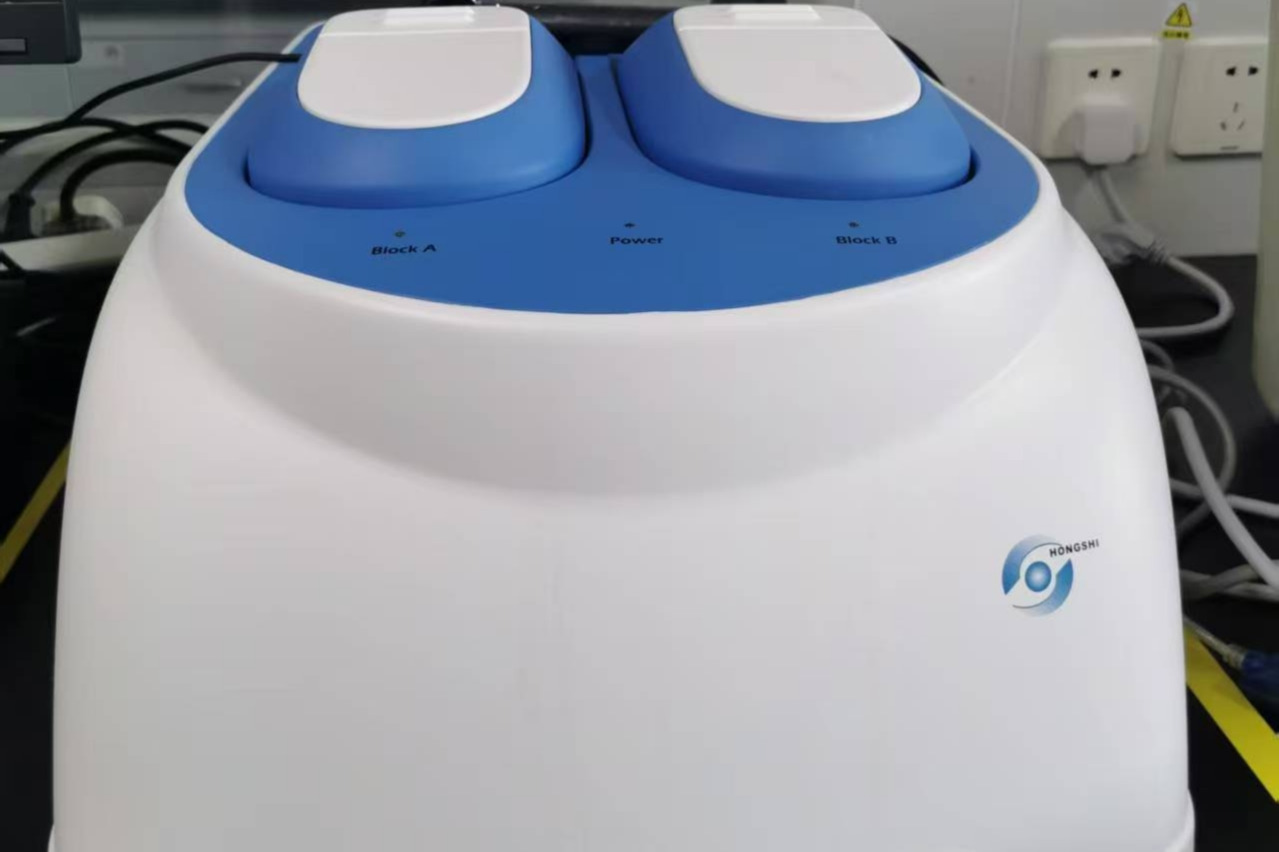Device built-in
Thermo Fisher TSQ Endura Triple Quadrupole LC-MS/MS System and Ultimate 3000 UHPLC System Introduction
1. Overview
Thermo Fisher Scientific’s TSQ Endura Triple Quadrupole Liquid Chromatography-Mass Spectrometry (LC-MS/MS) System is a high-sensitivity, high-selectivity quantitative analysis instrument widely used in pharmaceuticals, bioanalysis, food safety, environmental monitoring, and clinical research. Its companion Ultimate 3000 Ultra-High-Performance Liquid Chromatography (UHPLC) System delivers exceptional separation performance, enabling high-precision, high-throughput analysis of complex samples when coupled with the TSQ Endura.
2. TSQ Endura Triple Quadrupole LC-MS/MS System
2.1 Key Features
High-Sensitivity Detection: Equipped with Advanced High Energy Collision Cell (HES) technology, enhancing fragment ion yield and improving detection of low-abundance compounds.
Ultra-Fast Scanning Speed: Supports 500 SRM/s (Selected Reaction Monitoring), ideal for high-throughput applications such as drug metabolism studies and multi-residue screening.
Wide Mass Range: 10–3400 m/z, suitable for small molecules, peptides, proteins, and more.
Robust Ion Source: Features the Easy Max NG Ion Source, supporting both Electrospray Ionization (ESI) and Atmospheric Pressure Chemical Ionization (APCI) for easy switching and reduced maintenance.
Intelligent Data Acquisition: Smart SRM™ and Intelligent SRM (iSRM) technologies automatically optimize collision energy for superior data quality.
2.2 Applications
Pharmaceutical Industry: Drug metabolism and pharmacokinetics (DMPK), bioequivalence studies, impurity analysis.
Food Safety: Pesticide residues, veterinary drug residues, toxin detection (e.g., aflatoxins).
Environmental Monitoring: Pollutants in water and soil (e.g., PAHs, endocrine disruptors).
Clinical Research: Newborn screening, hormone analysis, therapeutic drug monitoring (TDM).
3. Ultimate 3000 Ultra-High-Performance Liquid Chromatography (UHPLC) System
3.1 Key Features
Ultra-High-Pressure Separation: Withstands up to 620 bar, enabling UHPLC-level separation efficiency.
High-Precision Pump System:
Quaternary Gradient Pump (DGP-3600RS): Supports four-solvent mixing with a flow rate range of 0.001–5.0 mL/min, suitable for micro- and nano-flow analysis.
Binary Gradient Pump (HPG-3400RS): Ideal for high-precision gradient analysis with minimal baseline drift.
Autosampler (WPS-3000TRS):
120-position sample tray, supporting injection volumes from 0.1–100 µL with minimal carryover.
Temperature-controlled (4–40°C) for unstable samples (e.g., proteins, metabolites).
Versatile Detectors:
DAD-3000 Diode Array Detector: Wavelength range 190–800 nm, suitable for multi-component analysis.
FLD-3100 Fluorescence Detector: High-sensitivity detection for fluorescently labeled compounds.
Corona Veo Charged Aerosol Detector (CAD): Ideal for non-UV-absorbing compounds (e.g., sugars, lipids).
3.2 Application Advantages
High Separation Efficiency: Uses 2.2 µm or 1.9 µm columns for increased peak capacity and shorter run times.
Low System Carryover: Optimized flow path design minimizes sample residue, improving reproducibility.
Multiple Separation Modes:
Reversed-Phase Chromatography (RPLC): For most organic compounds.
Hydrophilic Interaction Chromatography (HILIC): For polar compounds (e.g., metabolites).
Ion Exchange Chromatography (IEC): For proteins and nucleic acids.
4. Advantages of TSQ Endura + Ultimate 3000 Combined System
High-Sensitivity Quantitative Analysis: LC provides efficient separation, while MS/MS delivers high-selectivity detection for trace-level analysis (e.g., pg/mL).
High-Throughput Capability: Fast gradients + rapid MS scanning enable large-scale sample analysis (e.g., clinical screening, food safety testing).
Automated Workflow:
Chromeleon CDS Software controls the entire system, integrating method development, data acquisition, and reporting.
TraceFinder Software offers powerful data processing and quantitation tools.
Regulatory Compliance: Validated to meet FDA 21 CFR Part 11 and GMP/GLP requirements.
5. Conclusion
The Thermo Fisher TSQ Endura Triple Quadrupole LC-MS/MS System combined with the Ultimate 3000 UHPLC System is an ideal solution for quantitative analysis of complex samples. With its high sensitivity, selectivity, throughput, and reliability, this system is widely used in pharmaceuticals, food safety, environmental monitoring, and clinical research, providing laboratories with an efficient and robust analytical platform.
For detailed technical specifications or application notes, please contact Thermo Fisher Scientific’s official support.

